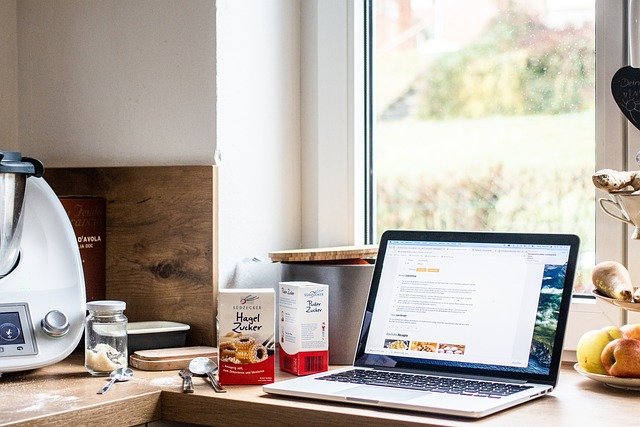Countertop Popcorn Machines: A Kitchen Appliance Guide
Popcorn is one of the simplest treats that brings people together, and adding a popcorn machine to your kitchen can turn ordinary movie nights into something a bit more special. Whether you want a compact countertop appliance for everyday snacking or a showpiece that mimics a vintage theater, understanding how machines differ and what to look for helps you choose the right model for your space and needs.

Why a popcorn machine for your kitchen?
A popcorn machine offers convenience and consistency compared with stovetop popping. Countertop poppers are designed to fit into modern kitchen routines, producing hot, fluffy popcorn quickly with minimal fuss. They also reduce the need for oil in many hot-air models, which can be appealing for lighter snacks. For those who enjoy entertaining, a dedicated popcorn machine adds a tactile, visual element—guests can watch kernels pop, and the aroma fills the room, creating an inviting atmosphere without needing much countertop real estate.
What to look for in a countertop appliance
When evaluating a popcorn machine for your kitchen, consider capacity, footprint, and operation style. Hot-air poppers are compact and use little to no oil, ideal for daily use and smaller countertops. Movie-style machines deliver larger batches and a retro aesthetic but take more space. Look for easy-access lids, removable trays for butter and salt, and safety features like cool-touch exteriors. Noise level, power draw, and ease of cleaning are practical factors; choose a model that matches how often you’ll use it and where it will sit in your kitchen.
How does a popcorn machine work?
Popcorn machines pop kernels either by circulating hot air or by heating kernels in a chamber with oil and agitation. Hot-air popcorn machines heat air that circulates around kernels until pressure and moisture cause them to pop, producing light, oil-free popcorn. Movie-style or kettle poppers heat kernels in a metal kettle with oil and often use a stirrer to prevent burning and ensure even popping. Each method affects texture and flavor: hot-air yields lighter popcorn, while kettle-style can give a richer, slightly chewier result due to the oil.
Cleaning and maintenance for your popcorn appliance
Keeping a popcorn appliance clean preserves flavor and extends its lifespan. For hot-air poppers, unplug and allow full cooling before wiping the interior and removing loose hulls; many parts may be nonstick and require only a damp cloth. Kettle-based machines need more attention: the kettle and trays should be wiped and occasionally deep-cleaned to remove oil buildup. Always follow the manufacturer’s cleaning instructions, and avoid abrasive cleaners that damage finishes. Regular maintenance also includes checking heating elements and seals to ensure consistent popping performance.
Real-world cost and product comparison
Prices for popcorn machines vary widely based on capacity, brand, and features. Countertop hot-air poppers can be budget-friendly, while commercial-style or large-capacity theater machines command higher prices. Below is a fact-based comparison of commonly available popcorn appliances and their typical cost ranges to help you gauge what fits your kitchen and budget.
| Product/Service | Provider | Cost Estimation |
|---|---|---|
| Hot-air popper (home) | Presto | $20–$40 |
| Compact hot-air model | Cuisinart | $25–$50 |
| Retro movie-style countertop machine | Nostalgia | $50–$120 |
| Stovetop crank popper | Whirley Pop | $30–$60 |
| Small commercial/kettle-style machine | Great Northern Popcorn | $150–$400 |
Prices, rates, or cost estimates mentioned in this article are based on the latest available information but may change over time. Independent research is advised before making financial decisions.
When budgeting, also account for ongoing costs like popcorn kernels, oil or seasoning, and any replacement parts. Entry-level hot-air poppers are inexpensive to buy and cheap to run, whereas vintage-styled or commercial models require a larger upfront investment and may have higher maintenance or replacement part costs.
Conclusion
A popcorn machine can be a delightful kitchen appliance that fits a variety of lifestyles—from minimalists wanting quick, oil-free snacks to hosts seeking a nostalgic centerpiece. Match the machine style to how you use your kitchen countertop, consider cleaning and noise, and choose a capacity that reflects your typical serving size. With a little research into models and realistic budgeting, a popcorn machine can be both a practical and joyful addition to your home.






